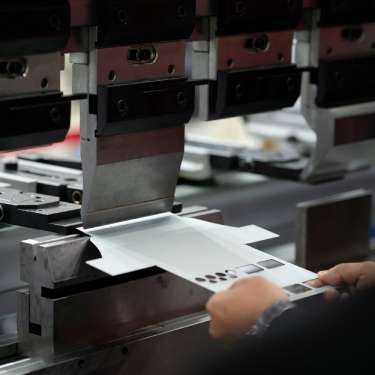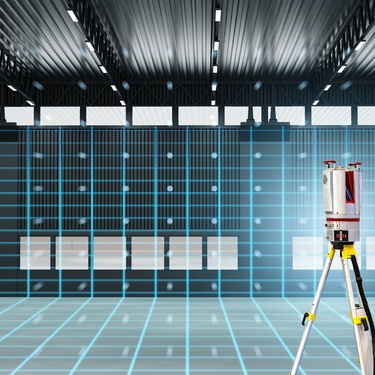
Custom metal stamping is a widely used process in manufacturing that allows companies to create precise metal parts for various applications. Whether you’re in the automotive, electronics, or aerospace industry, understanding the fundamentals of custom metal stamping can help you make informed decisions for your business. Here’s what you need to know about custom metal stamping.
The Process of Custom Metal Stamping
Custom metal stamping is a manufacturing method that involves shaping flat metal sheets into specific forms using a stamping press. Dies, which are custom-made tools, are used to cut or shape the metal during the stamping process; depending on the complexity of the design, a single die or multiple dies may be used. This process is extremely precise, making it ideal for industries that require high accuracy in part dimensions. And the flexibility of custom metal stamping allows it to be used for a wide range of products, from simple brackets to intricate electronic components.
Materials Used in Custom Metal Stamping
The materials chosen for custom metal stamping depend largely on the end application. Common materials include steel, aluminum, brass, copper, and stainless steel. Each metal has unique properties, such as strength, durability, and corrosion resistance, which make them suitable for different industries. For instance, stainless steel is commonly used in medical devices because of its corrosion resistance, while aluminum is often preferred in the automotive industry for its lightweight characteristics. Understanding the properties of different metals helps manufacturers select the right material for each job, ensuring durability and performance.
Advantages of Custom Metal Stamping
One of the main advantages of custom metal stamping is its ability to produce large volumes of parts quickly and cost-effectively. Once the dies are created, the process can be highly automated, reducing labor costs and speeding up production times. Another benefit is the high level of precision, which reduces the need for post-processing and minimizes waste. Additionally, custom metal stamping is versatile, allowing for the production of parts with complex shapes and designs. This flexibility makes it a popular choice for industries that require intricate components.
Industries That Rely on Custom Metal Stamping
Custom metal stamping is used across a wide range of industries due to its versatility and precision. The automotive industry relies on stamped metal parts for everything from body panels to engine components. In the electronics sector, custom metal stamping is used to create intricate connectors and enclosures. Aerospace manufacturers use stamped parts for components that require both durability and lightweight properties. No matter the industry, custom metal stamping offers the flexibility and accuracy needed to meet the demanding standards of modern manufacturing.
Now that you know what to expect from custom metal stamping, you can better understand its role in various industries and its importance in manufacturing precision parts. Recognizing these key aspects and knowing what to look for in custom metal stamping services will help you make informed decisions regarding your next project.
Bio: Casey is a passionate copyeditor highly motivated to provide compelling SEO content in the digital marketing space. Her expertise includes a vast range of industries from highly technical, consumer, and lifestyle-based, with an emphasis on attention to detail and readability.



















